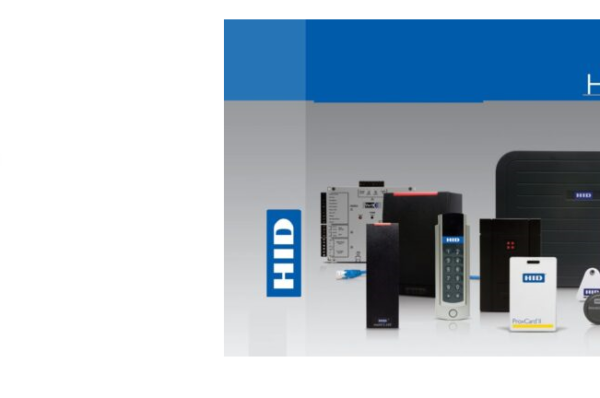The RFID card a contactless smart card that uses radio waves to communicate with a reader. A card with a tiny chip inside which can store information and wirelessly transmit it when near a special device. Here is a breakdown of what they are and how they work:
Technology:
- RFID (Radio-Frequency Identification): The magic lies in the name itself. RFID cards contain a microchip that stores data and uses radio waves to talk to an RFID reader.
- Contactless: Unlike swiping credit card, do not need to make physical contact with a reader. Simply holding the RFID card nearby allows data transfer.
- Frequency: These cards typically operate in either low frequency (LF) or high-frequency (HF) ranges. LF cards (125 kHz) are common and affordable, while HF cards (13.56 MHz) offer faster reading and potentially more data storage.
Types of RFID Cards:
There are different varieties of RFID cards, each with its own strengths:
- HID Proximity Cards (125 kHz): These are simple and affordable cards, best for basic applications. They have low data storage, usually just a unique identifier, and are widely used for access control (think employee badges).
- Smart Cards (13.56 MHz): These offer more features like higher data storage, encryption for security, and even some processing power. They can be used for secure contactless payments or storing complex information.
The convenience and versatility of RFID cards make them popular across various applications:
- Access Control: Granting entry to secure areas, buildings, or events by waving your card near a reader.
- Contactless Payments: Paying for fares on public transport, using vending machines, or making contactless purchases at stores (often with high-frequency cards).
- Identification Badges: Employee IDs, student IDs, or membership cards that can be quickly verified by RFID readers.
- Library Cards: Checking out and returning library items with a swift tap.
- Inventory Management: Tracking and managing products or assets in warehouses or stores.
- Event Badges: Granting access to specific areas or activities at events.
Advantages of RFID Cards:
- Convenience: No more swiping or inserting cards, just a quick wave for faster interaction.
- Durability: Typically made of PVC plastic, making them reasonably sturdy for everyday use.
- Security: While it depends on the card type, RFID cards can provide secure data storage and access control features.
- Read Range: Depending on the technology, some cards can be read from a short distance (proximity cards) or even a few feet away (high-frequency cards).
Things to Consider with RFID Cards:
- Security: Some low-end RFID cards, particularly those without strong encryption, might be vulnerable to unauthorized reading or data theft.
- Cost: Smart cards with advanced features tend to be more expensive than basic proximity cards.
- Compatibility: Ensure your chosen RFID cards work with the RFID readers you plan to use.
Summary: RFID cards are a widely used technology offering convenience, security features, and various functionalities depending on the card type. They are a staple in many industries and applications, making our lives a little easier with a simple wave.




